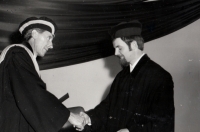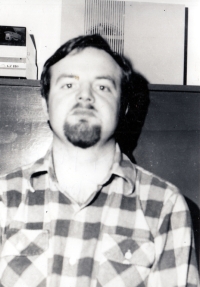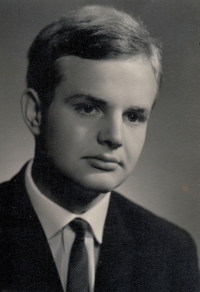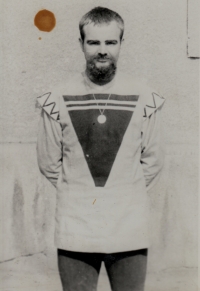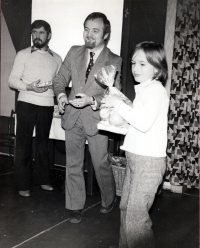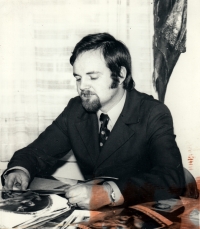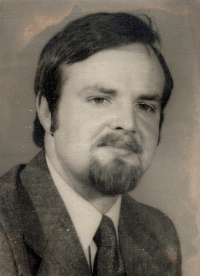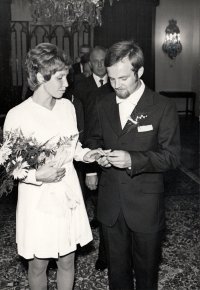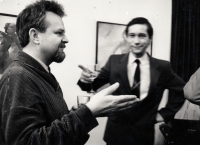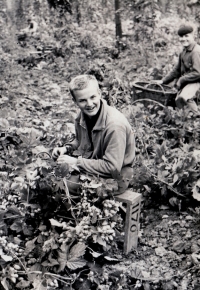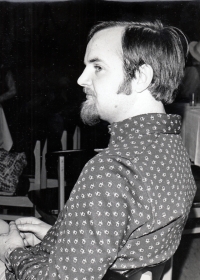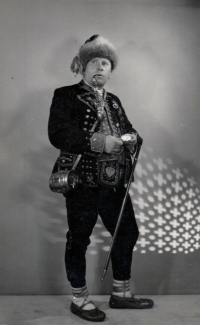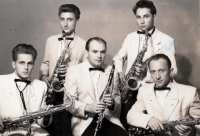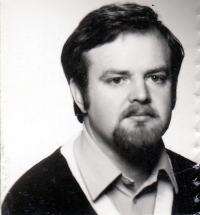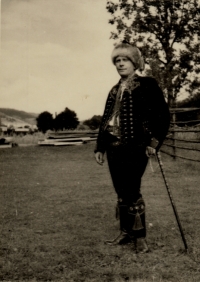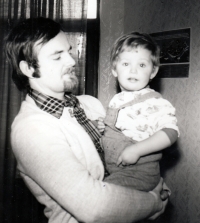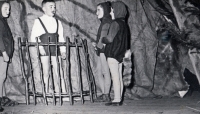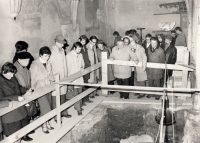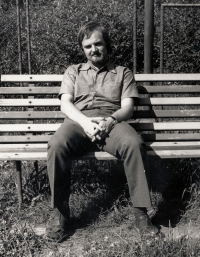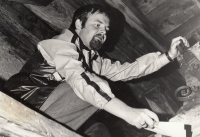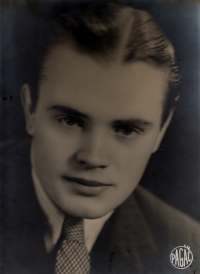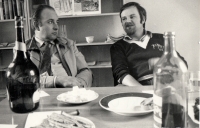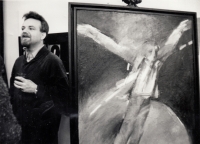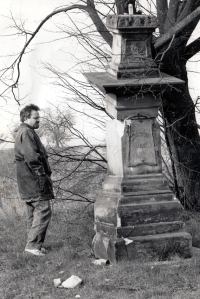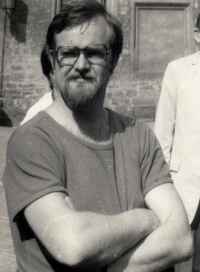I experienced my biggest clash with the regime in the 1980s

Stáhnout obrázek
Leoš Mlčák was born in Velké Losiny on 15 September 1948 as the elder of two sons to Anna Mlčáková and František Mlčák. Mother Anna, née Brňovjáková, came from a farming family in Bystřička and had completed a household management school in Hranice. Father František brewed beer in the Hanušovice brewery. He came from Vsetín and was the son of Ludvík Mlčák, a local slipper maker whose business was nationalised after 1948. Leoš Mlčák graduated from the technical high school of mechanical engineering in Vsetín. He witnessed the invasion of the Warsaw Pact armies of August 1968 while serving in the military with an anti-tank squad in Šumperk. He studied art history at the Faculty of Art of the Palacký University in Olomouc and architecture history at the Faculty of Architecture of the CTU in Prague. He worked as a conservation expert in central and northern Moravia, and as such he was in contact with the environment of church secretaries and persecuted clergy. In 1985, the Tribuna newspaper printed an incendiary article aimed against the church heritage in his name; he never found out who actually authored it. Following the Velvet Revolution, the witness conducted business in conservation. From 2002, he worked at the Olomouc Museum of Art as a curator and art historian, first in Olomouc and then in Kroměříž. He has authored many technical publications. He and his wife Jana Vlachynská have raised two daughters, Markéta and Kateřina. The witness was living in Olomouc in 2023.
